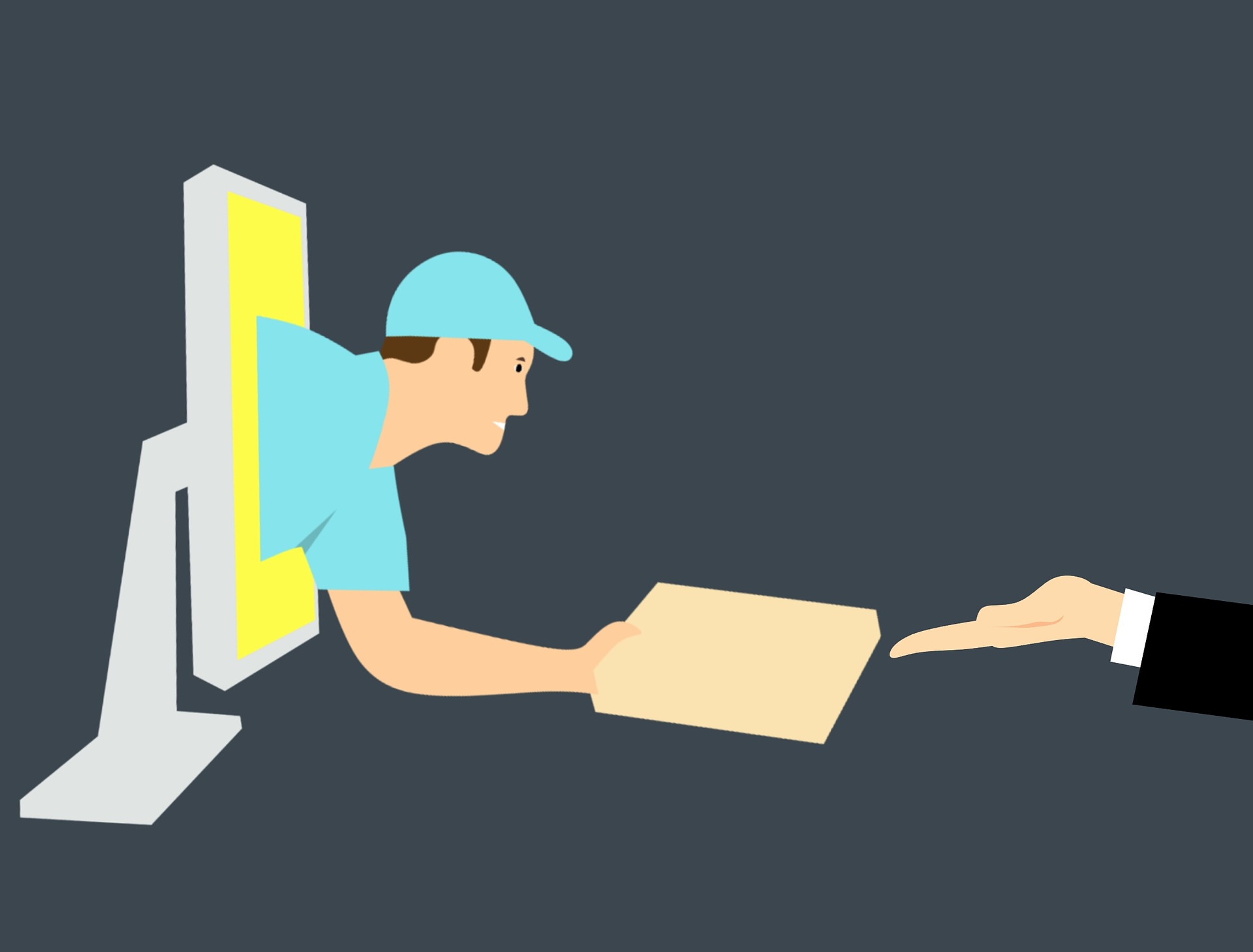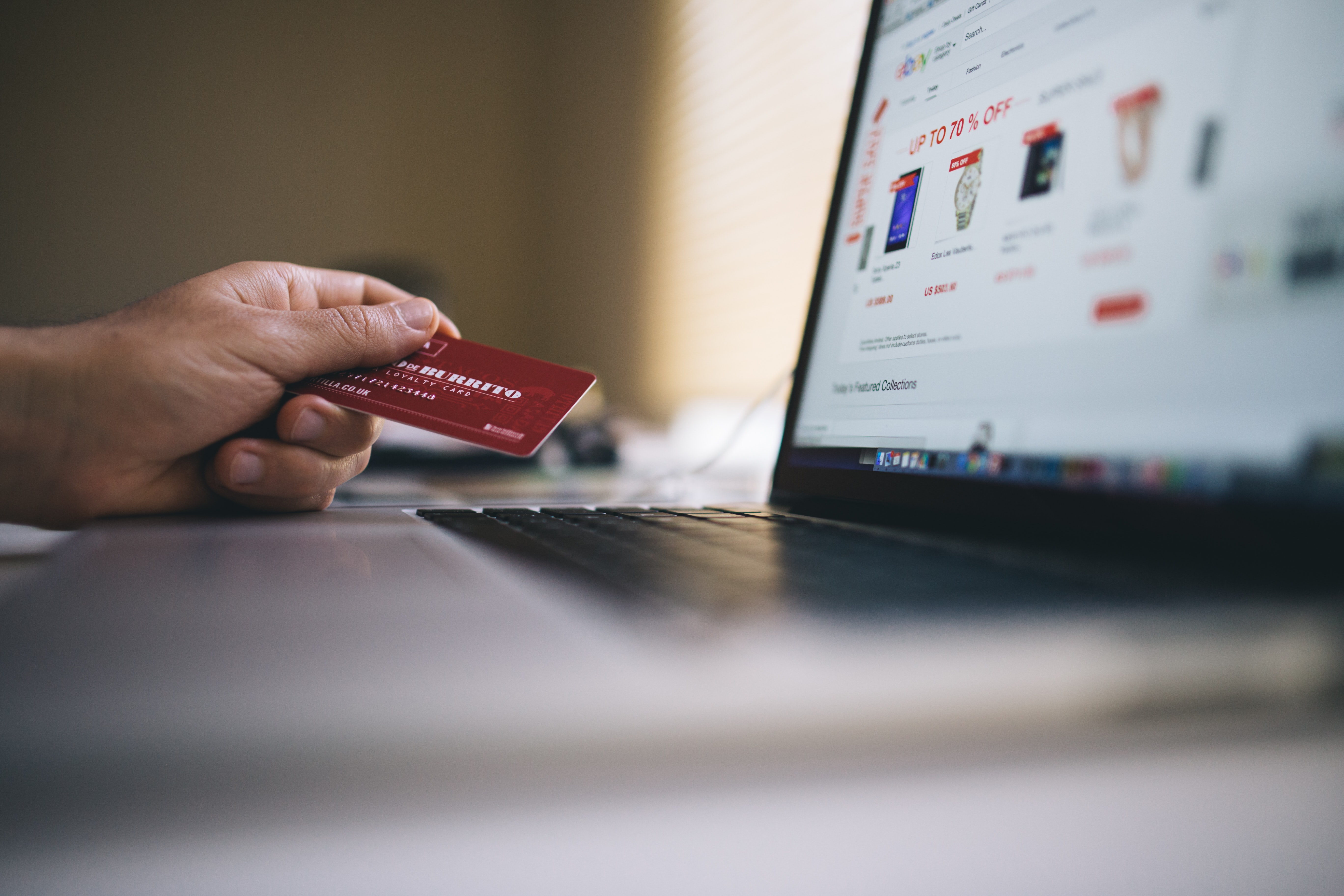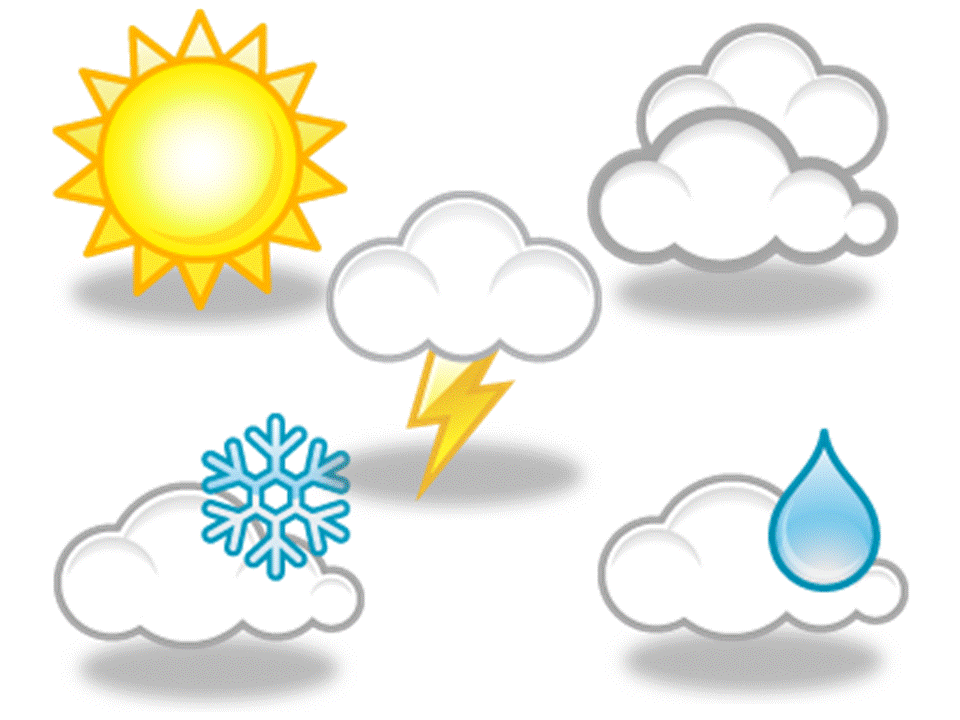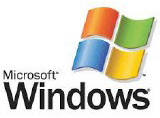An industry report shows a house rents for 20% more than an apartment
As we recently reported, apartment rents fell in December for the 17th straight month. But if youre renting a single-family home, youre paying more than ever.
A new report from real estate marketplace Zillow shows rents for single-family homes now average about 20% more than apartments. Its the largest disparity ever recorded by the real estate company, highlighting a significant trend in housing preferences.
According to Zillow, the surge in single-family rental prices is driven by several factors, including persistently high mortgage rates that have dampened buyer demand and slowed home value growth. While multifamily rent growth remains stable due to a robust response from builders, rents for detached single-family homes continue to climb.
Zillow Chief Economist, Skylar Olsen, attributes this trend to the influx of multifamily units, which are hitting the market at unprecedented rates, while detached homes lag in new construction.
"High and unpredictable mortgage rates, coupled with hefty down payments, are pushing many, especially the large millennial generation, to rent larger spaces instead of buying," Olsen said in a statement.
Demographic shift
Olsen says the demographic shift is evident as millennials, now the largest U.S. generation, are renting longer, with the median age of renters rising to 42 in 2024, up from 33 just three years prior.
The annual growth rate for single-family home rents stands at 4.4%, aligning with pre-pandemic trajectories, while apartment rents grow at a stable 2.4% annually. Since before the pandemic, single-family rents have surged by 41%, compared to a 26% increase in multifamily rents. Among major U.S. metros, Salt Lake City exhibits the largest price premium for single-family rentals at 59%, while Detroit shows the smallest at 9%.
Despite the surge in apartment construction, rents in the multifamily sector remain sticky, with stable growth in the mid-2% range over the past year. To attract tenants, property managers are increasingly offering concessions, such as a month of free rent or parking, now available on 41% of rental listings on Zillow.
On the buying side, inventory levels are gradually recovering, with December seeing just under 1 million homes on the market, the highest for any December since 2019. However, inventory remains 25% below 2018-2019 averages. If the trend of more sellers returning to the market continues, buyers may find more options and less competition.
Photo Credit: Consumer Affairs News Department Images
Posted: 2025-01-24 13:45:25















